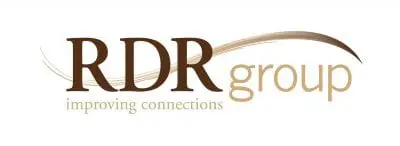A LONG HISTORY OF FAILURE
Earlier this year, I was asked to conduct a webinar for a group of HR leaders at one of the Big Three automakers. They wanted to know, from my 25 years serving various companies, what I felt was working or not working when it came to addressing harassment. I told them, in the wake of so many high-profile cases and movements like #MeToo, it was clear most efforts were on the “not working” side of things. Here are some thoughts on changing that picture.
CARING FOR PEOPLE WILL PROTECT YOUR IMAGE
The first priority is determining the priority. Most businesses think their public relations will be negatively impacted if any hint of harassment is ever mentioned, so they contribute to a culture of secrecy and cover up when it comes to these issues. Leaders and employees get the idea that addressing problems is a problem, when the exact opposite should be communicated. There is even a belief that HR folks are more interested in protecting the company’s reputation than protecting the people who make up the company. For instance, when McDonald’s fired their CEO, they were acknowledging that the way to protect their reputation is to protect their people. Nothing will change until that is the priority.
KEEP A POSITIVE FOCUS
Another suggestion is to put emphasis on the ultimate outcome we hope to achieve—a healthier workplace. Initiatives that are framed negatively tend to turn people off, and “anti-harassment” is a double negative which can create a lot of resistance. We all know that telling people what not to do will often have the opposite effect—like telling someone not to look. So, if the goal is healthy behavior, then why not make that the focus? For example, we call our training Healthy Boundaries: Encouraging Positive Behavior at Work, and people actually look forward to attending. You can still talk about misbehavior, but remind people what they gain by choosing what is best. Current research suggests zero tolerance policies are ineffective anyway because people need to be inspired to change—so keep a positive focus.
MAKE THE CASE LOGICAL, NOT LEGAL
I have a brother who is an attorney (so the following statement is not personal): reading people the law is not always the best way to get them on board. Most of those who are in a business setting are better served by using business logic, like weighing the performance impact and the value of making others safe. There’s nothing wrong with legal information, but even lawyers have a hard time understanding where the line is—and sometimes making that the issue will provoke troublemakers to see how close to the line they can get. People don’t have to know the law to know when they’re uncomfortable, and that’s enough to be a concern—whether it is legal or not.
FINAL THOUGHTS
In concluding my webinar for the automobile industry, I had several other suggestions that I’d be glad to send your way if you’re interested. Feel free to email me at ralph.brandt@rdrgroup.com or send me a LinkedIn message. In the meantime, I believe there has never been a better time to address these issues.

















